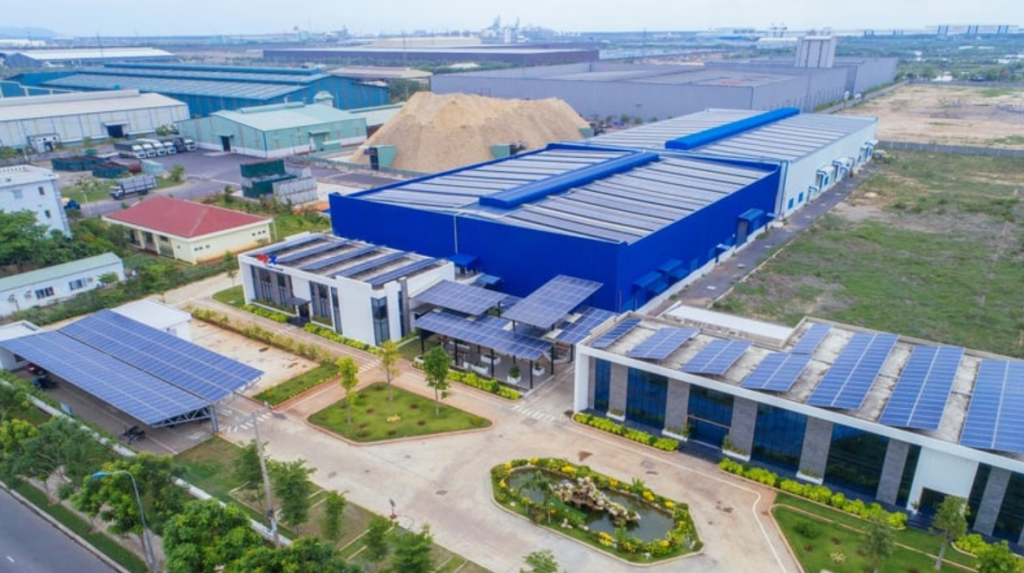In recent years, Asia has emerged as a new hub for the photovoltaic (PV) industry. Southeast Asian countries, with their abundant solar resources, well-established policy frameworks, and growing electricity demand, have attracted significant investments from Chinese PV companies. Data shows that in the first half of 2025, China’s PV module exports to traditional major markets slowed, while exports to Asia increased by 12.2% year-on-year.
Although Southeast Asia’s energy supply still relies heavily on coal and natural gas, there is immense potential for clean energy adoption. For instance, in ASEAN countries, renewable energy accounted for only 15.6% of the energy supply in 2022, while coal made up 30.5%. To advance energy transition, many countries in the region have set clear PV development targets. Vietnam, for example, aims to achieve 18 GW of wind and solar power capacity by 2030, while Thailand plans to increase the share of renewable energy to 30% by 2030.
Over the past decade, Southeast Asia has been a key region for Chinese PV companies expanding their overseas manufacturing capacity. Approximately 20 listed Chinese PV companies have established production bases in countries such as Malaysia and Vietnam. However, in response to the U.S. anti-dumping and countervailing duty investigations targeting four Southeast Asian countries, Chinese enterprises have begun actively developing local PV projects. For instance, LONGi Green Energy Technology has participated in multiple government-led projects in Uzbekistan. Meanwhile, the Cirata Floating Solar Power Plant in Indonesia, constructed by PowerChina, is the largest floating solar project in Southeast Asia, with a total installed capacity of 192 MW (DC). During its construction, it created over 8,000 jobs.
Nevertheless, the development of PV energy in Southeast Asia faces challenges such as inconsistent policy implementation and lagging grid infrastructure. Vietnam, for example, ranks among the top ten countries globally in installed PV capacity, but its grid development has not kept pace, leading to high curtailment rates. To address these challenges, Chinese companies are gradually overcoming barriers through technology transfer, innovative financing, and local partnerships.



